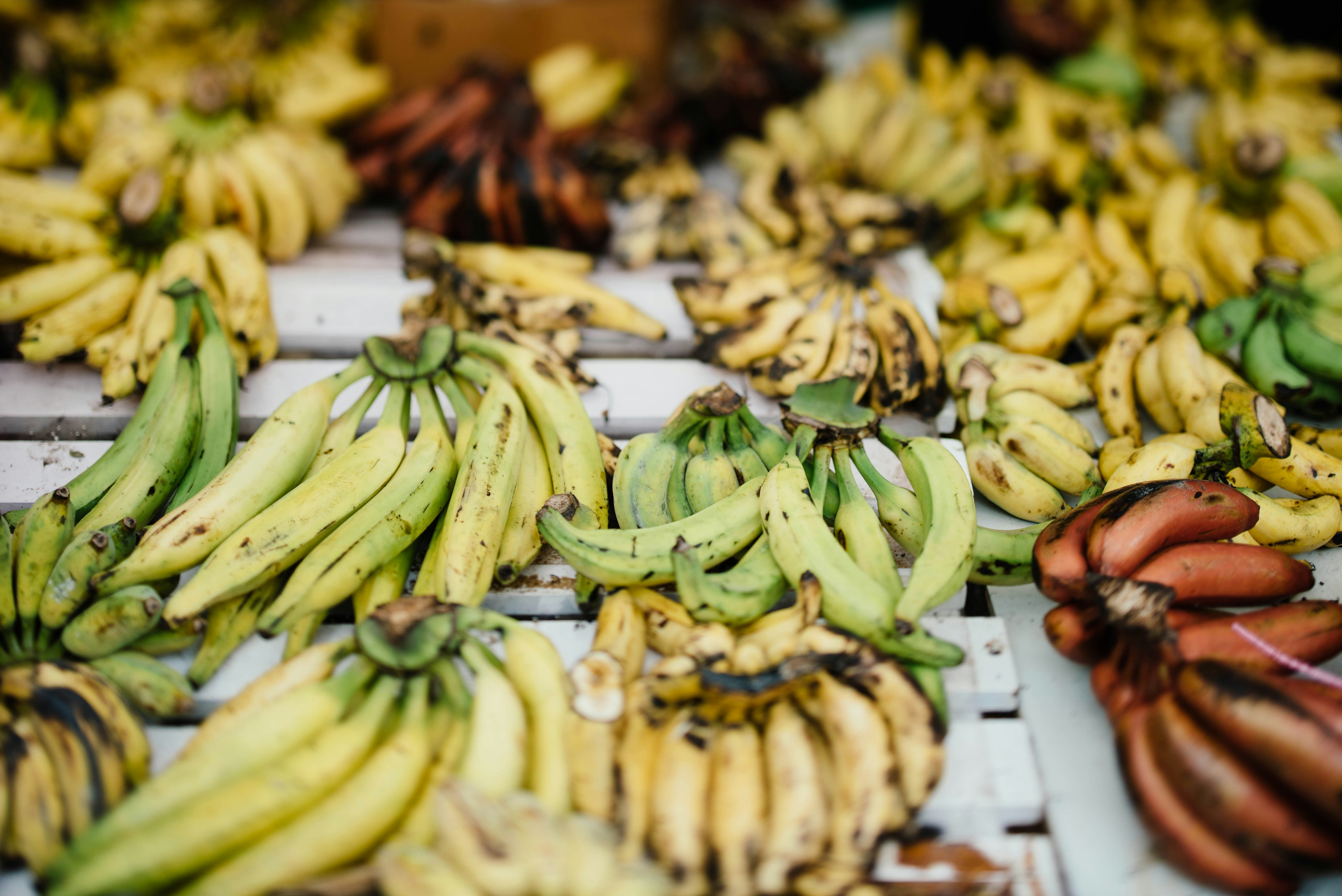
Agriculture
Cameroon has over 7.2 million hectares of arable lands and a climate favorable to a wide variety of crops. Cultivable land represents 26% (1.8 million hectares) of arable land. Agriculture plays a preponderant role in Cameroon, and is one of the key sectors of its economy. It contributes 17% of GDP and employs 60% of the active population. Agriculture is the mainstay of Cameroon’s economy, engaging an estimated 70% of the economically active population and accounting for an estimated 17% to the country’s GDP.
Agriculture is mainly carried out by cooperatives and family farms. They produce tubers (cassava, cocoyam, potatoes, potatoes), cereals (corn, peanuts, sorghum, etc.), market garden products, and fruits. Alongside these small players, the second category of players is made up of agroindustries (subsidiaries of large international groups in particular) which are very often specialized in the production of products intended for export (banana, pepper, rubber, oil palm, cotton, cocoa, etc.).
Despite its strong potentials, Cameroonian agriculture remains poorly mechanized. In addition, security conditions, as well as climatic conditions, have negatively impacted production volumes over the last two years. We note significant deficits on certain productions.
Despite its significant potential, agriculture in Cameroon encounters numerous challenges, which ultimately hinder the country’s ability to adequately meet its growing food requirements. However, opportunities exist in the supply of vegetable seeds, in support of local seed production.
The opportunities for UK companies in this
Sector include:
- Equipment supply
- Education and training
- Food processing and manufacture
- Haulage, storage and waste recycling
- Poultry and fish farming
- Commercial mechanised farms
Products exported by Cameroon
Banana
The cameroonian banana sector is gradually recovering from the crisis it suffered for several years following the cessation of the activities of a major player (CDC), prey to the security crisis in the regions of northwest and southwest. The latter timidly resumed its export activities in June 2020. In 2021, the three major players in the sector exported 198,600 tonnes, an increase of more than 5% compared to the previous year. Banana remains in the top 5 export products from Cameroon.
Cocoa
Fourth producer in the world, Cameroon is strengthening and positioning itself from year to year as a key player in the international market. The country has made a bet on improving the quality of exported beans. During the 2020-2021 campaign, Cameroon will have exported 201,848 tonnes, out of a production of 292,471 tonnes. 40% of these exports were grade 1, compared to 54% in grade 2, and the rest were non-standard. In previous years, 80% of the cocoa exported was grade 2. Local transformation in this sector has also evolved, with a plethora of local VSEs and SMEs.
Coffee
The coffee sector in Cameroon is going through some pretty dark times. The plantations are increasingly aging and farmers are less and less interested in this product. During the 2020/2021 campaign, the country marketed 12,157 tonnes, or barely 50% of sales from the previous year. Cotton: cotton production continues to rise, forecasts for the just ended 2021-2022 campaign are 370,000 tonnes, an increase of 3.6% compared to the last season. Alongside growing production, actions are being implemented to increase local processing of this product. Sodecoton (the company in charge of this sector) set up a new ginning unit in 2021. The construction of a new oil mill in the northern part of the country has also been announced.
Rubber tree
Rubber tree production is ensured by four agro-industries located in the southern part of the country. After a year impacted by the covid-19 pandemic, production increased in 2020 by around 25%.

